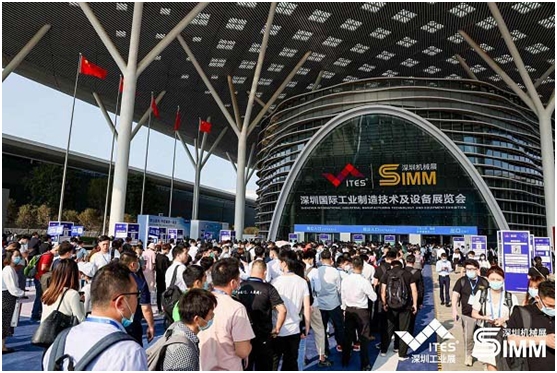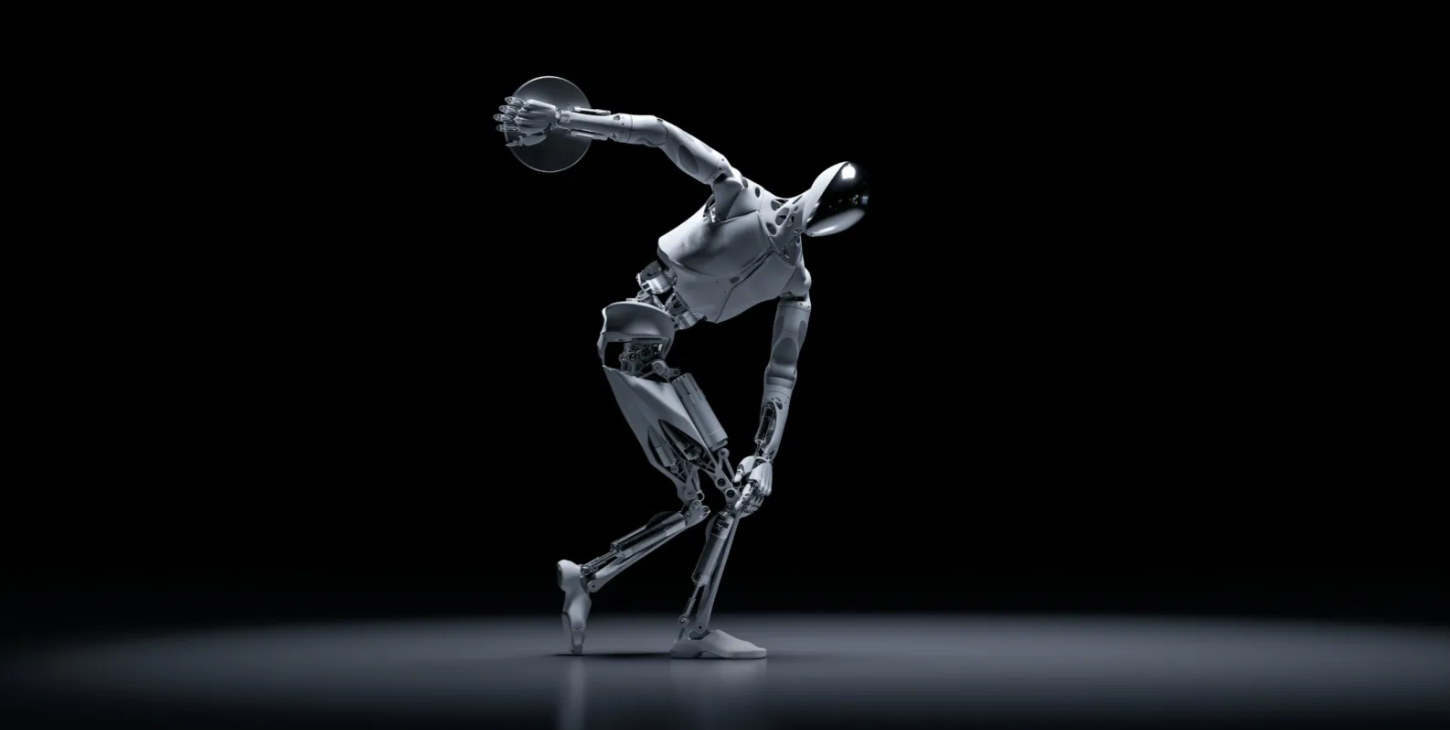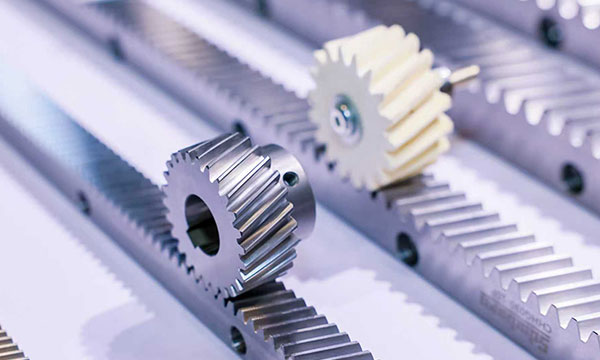Exploring Collaborations Between Industry and Academia at the China Machinery Expo
【Introduction】 Exploring Collaborations Between Industry and Academia at the China Machinery Expo
Exploring Collaborations Between Industry and Academia at the China Machinery Expo
The China Machinery Expo serves as an essential platform where thought leaders, innovators, and researchers converge to share their insights and discoveries. At this event, we facilitate connections that foster collaboration between manufacturers and academic institutions, ensuring that both parties can benefit from each other’s expertise. Educational institutions bring valuable research capabilities, innovative theories, and a fresh perspective on engineering challenges, while industry leaders offer practical experience, real-world applications, and insights into market needs. By creating synergies between these two vital sectors, we create a nurturing environment that drives technological advancements and economic growth.

Bridging the Gap Between Theory and Practice
One of the most impactful outcomes of the China Machinery Expo is the opportunity it provides to bridge the gap between theoretical knowledge and practical application. By bringing together top-tier educational institutions and leading machinery manufacturers, we enable students and researchers to engage directly with industry experts. This interaction not only enriches academic learning but also equips future engineers and innovators with vital insights into real-world challenges and solutions.
During the expo, attendees can witness live demonstrations, attend workshops, and participate in discussions that promote knowledge sharing. These experiences are invaluable for students aiming to transition from the classroom to the factory floor. By fostering an environment where academia meets industry, we at ITES help cultivate a generation of professionals who are prepared to meet the demands of the evolving machinery landscape.
Innovation Through Partnership
At the China Machinery Expo, we emphasize the importance of partnerships that stimulate innovation. Collaborative projects between universities and manufacturing companies often lead to groundbreaking advancements in technology. For instance, research initiatives focused on automation, robotics, and sustainable manufacturing practices have gained momentum through these collaborations.
We encourage exhibitors at the China Machinery Expo to connect with academic institutions to explore potential partnerships. Such alliances not only enhance the research capabilities of universities but also provide companies with access to innovative studies and fresh perspectives. By working together, we all benefit from a continual cycle of innovation that drives our industry forward.
Workforce Development and Training
Another vital aspect of the collaborations highlighted at the China Machinery Expo is workforce development. As technology rapidly evolves, there is a pressing need for skilled professionals who understand both the technical and practical aspects of machinery manufacturing. We recognize that collaborations with academic institutions can help address this skill gap.
At ITES, we support programs that promote internships and apprenticeships, allowing students to gain hands-on experience in the industry. By partnering with educational institutions, we work to ensure that future generations of workers are equipped with the necessary skills to thrive in a high-tech environment. This partnership model not only benefits students but also aids industry players in securing a well-trained workforce ready to tackle modern challenges.
Conclusion
These partnerships are not only advantageous, but also essential to advancing the machinery industry. A workforce with the newest knowledge and abilities is essential as technology innovations pick up speed at a never-before-seen rate. We make sure that students are not just learning theoretical concepts but also obtaining practical insights into real-world applications by encouraging contacts between academics and industry personnel. This collaboration makes it possible to create curriculum that meet the demands of the industry both now and in the future, preparing graduates to make an immediate contribution when they join the workforce.




